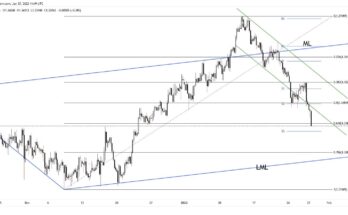The past week has seen a dramatic re-assessment of exactly when markets expect both the US and also UK central banks to raise interest rates. We’ve seen the biggest 1 week fall in US 2 year bond yields (which largely reflects near-term interest rate expectations) for 13 months. When you compare this to the Eurozone (German yield), the suggestion is that EURUSD should have corrected higher by a much greater extent than we have seen so far. The main factor holding back the downward dollar correction is that the dollar is receiving an underlying bid from the general risk aversion in markets globally (VIX highest for more than 2 years). For the UK, the re-assessment was fairly dramatic yesterday on the back of the fall in inflation to 1.2% (from 1.5), which makes it that much harder (but not impossible) for the Bank of England to raise interest rates before the election in May next year. Overnight, we’ve also seen a greater than expected fall in China inflation, down to 1.6%, from 2.0%. This comes ahead of GDP data next week which is expected to show a further slowing of the domestic economy.
For today, the early focus is with labour market data in the UK, where a further fall in headline unemployment to 6.1% is anticipated. Thereafter, US retail sales and PPI data are seen at 12:30 GMT, where headline measure is seen falling 0.1% after the 0.6% gain seen in August. But the data will play second fiddle to the wider themes of global dis-inflation, falling oil prices (4 year low on Brent) and the greater levels of risk aversion (as seen in VIX index). Overall, the dollar is likely to remain choppy near-term as the inter-play between these forces plays out.
Further reading:
2 Reasons To Stay Long Sterling – Deutsche Bank
EURUSD



